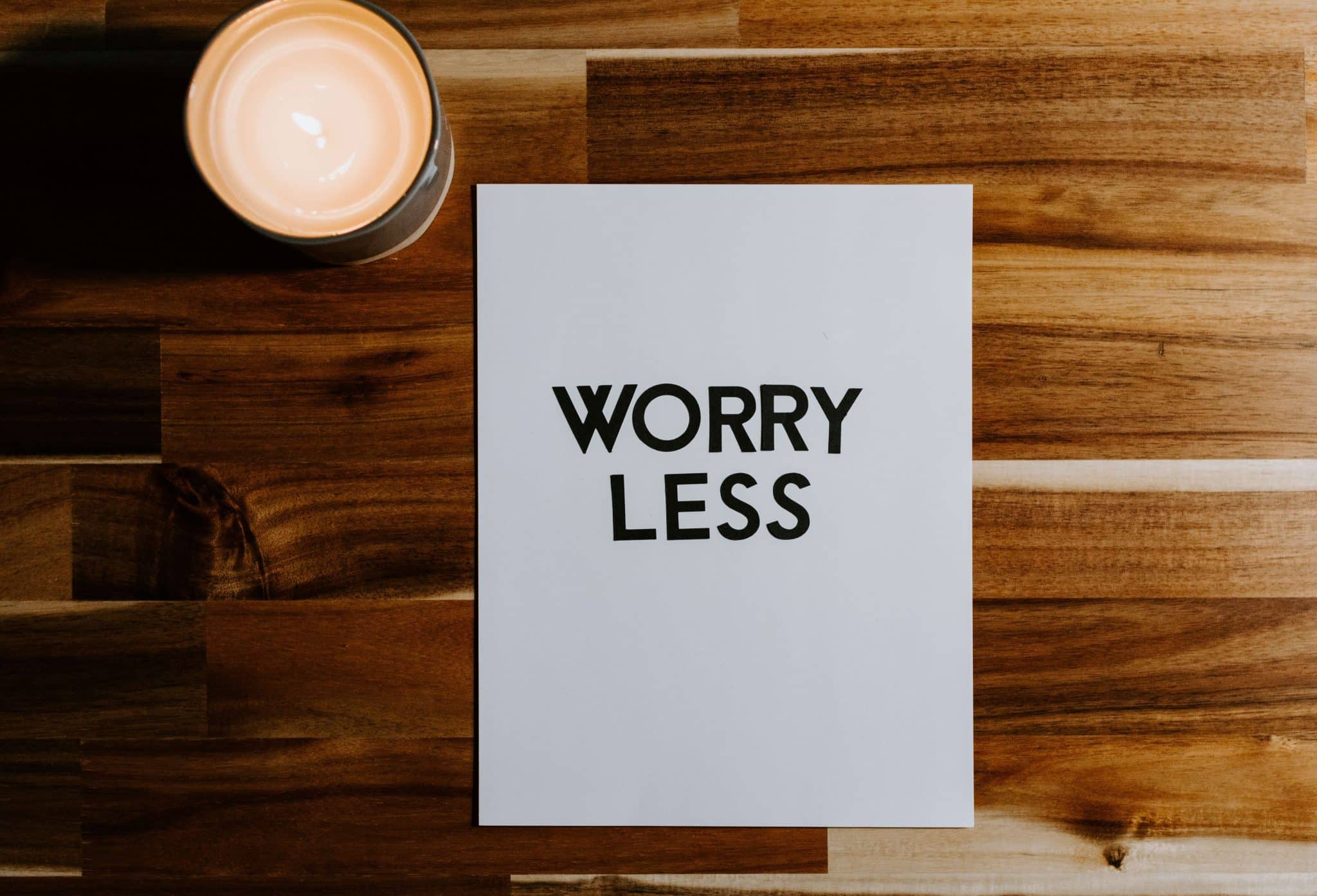Stress and anxiety are common factors in most people’s lives. We will all go through periods where things may feel overwhelming or like a cloud is following us. However, these times will often subside because exogenous forces cause them.
For others, anxiety is more than an emotion. Instead, they may be experiencing a mental health disorder that causes intense, crippling stress and persistent worry over big and small situations. It can severely impact their ability to maintain close personal and professional relationships and alter their ability to navigate daily life.
Sometimes people are told that they worry for nothing or look for things to worry about, but often they can’t help it. If you ever deal with a persistent sense of worry and hopelessness, regardless of what’s happening around you, you may have an anxiety disorder.
In this article, we’ll detail why and how anxiety affects people the way it does and explore how practicing mindfulness meditation could be a beneficial outlet for those with anxiety.
Understanding Anxiety
Anxiety is more than just a feeling. When people say they suffer from anxiety, they refer to an umbrella term for a group of mental health disorders characterized by shared factors such as excessive, often irrational, and persistent feelings of worry, fear, or dread.
Anxiety is a perfectly reasonable reaction to many situations and stressors. But what distinguishes an anxiety disorder and anxiety as an emotion is that people with anxiety disorders have intense, uncontrollable feelings of apprehension that can negatively impact their lives and activities.
Experiencing isolated anxiety over an upcoming important event or emergency is customary and reasonable. However, those with anxiety disorders will experience debilitating anxiety or stress over even slight inconveniences.
There are a variety of specific anxiety disorders, including but not limited to:
- Generalized Anxiety Disorder (GAD): This is the most common form of anxiety disorder and involves chronic and excessive worry about various stressors. People with GAD find it challenging to control their feelings and often have a constant sense of dread.
- Social Anxiety Disorder: Social Anxiety Disorder is a disorder that is often triggered by social situations and can cause self-consciousness and worry about being judged. This often results in them avoiding social situations altogether.
- Obsessive-Compulsive Disorder (OCD): OCD is another type of anxiety disorder that causes individuals to deal with constant and intrusive thoughts that result in ritualistic and repetitive behaviours.
- Post-Traumatic Stress Disorder (PTSD): PTSD often occurs after having witnessed or experienced a traumatic event. It is a common mental health diagnosis amongst veterans, who may experience intense combat. People with PTSD can have flashbacks and nightmares that cause them to feel like they’re reliving the experience.
Anxiety disorders can also cause physical symptoms due to how they impact sleep, diet, and general biological interactions with the body. It can cause increased heart rates, hyperventilation, and trembling.
Experts remind us that every individual will experience anxiety disorders differently, even within their condition.
Overcoming Anxiety with Mindfulness Meditation
Anxiety disorders can profoundly impact the quality of life of those who suffer from them, but there are a variety of treatment options available to help.
One such method is mindfulness meditation. Mindfulness is a state of mind and a practice that connects individuals to their present moment and reality. Because anxiety has a habit of disconnecting the individual from reality and causes them to experience an uncontrollable wave of emotions, being grounded in reality has been found to help manage symptoms.
Gaining awareness of the present moment helps individuals with anxiety become aware of resources they may not have been aware of due to how much anxiety can cloud their judgment.
Mindfulness meditation is a specific form that uses this ethos as its foundation. By utilizing meditative practices that focus on training the mind to focus on the present and not get stuck on uncontrollable thoughts about the past or future, mindfulness meditation helps those with anxiety not ruminate while also training the mind to develop a more balanced demeanor towards those thoughts and emotions in the future.
This is because it rewires the brain by pruning lesser-used connections and strengthening the neural circuits we use more.
Mindfulness meditation is also effortless and accessible, requiring no setup or resources.
- Find a quiet, comfortable space to sit: You’ll want to utilize a quiet, peaceful location that is free of distractions. Sit or lie in a comfortable position. Set a timer for the time you wish to engage in meditation. Experts recommended that beginners to start with 5 to 10 minutes.
- Focus on your breath: While closing your eyes, take slow, deep breaths to open your diaphragm and relax. Try to ease any bodily tension, such as in your shoulders. Begin focussing intently on each breath, taking note of the sensations of inhaling and exhaling.
- Pay attention to your thoughts: While breathing, your mind may wonder, likely to your stressful stimuli. When this occurs, do not begin panicking. Instead, acknowledge these thoughts without judging yourself and attempt to refocus on your breathing.
- Use anchors: Sometimes, focusing on your breathing can pose a challenge. When this occurs, find other mental anchors that you can shift your attention to, such as sounds in your environment, other bodily sensations, or the way you’re sitting or lying on feels like beneath you.
- Observe the moment as it is: Focus on keeping yourself grounded in your present moment. Continue to avoid letting intrusive thoughts distract you so that you can maintain your mental balance. However, be kind to your mind if it does begin to wander, as this is normal. When this happens, merely focus on returning to the present.
- Express self-gratitude: As you wind down or end your meditation, ensure that you are thankful to yourself for dedicating time to your well-being.

As you can see, mindfulness meditation is easy to begin and requires only a small commitment. You can do this routinely or when your emotions get out of control.
Mindfulness meditation is a great way to manage anxiety, but its efficacy will differ for everyone. Even just 10 minutes of mindfulness meditation helps control anxious thought patterns. For example, many veterans have found short, consistent mindfulness meditation sessions to be an excellent outlet to help them manage PTSD symptoms. Other studies have found that mindfulness meditation and other mindfulness-based stress reduction techniques can be as effective as pharmaceuticals in treating anxiety.
Mindfulness meditation is a skill that requires dedication and practice. Don’t give up if you don’t feel you are getting the desired results from one or two sessions! Consistency is key; the goal isn’t to eliminate your negative thoughts but to help you develop a more mindful relationship with them. If you still find it difficult, consider contacting a qualified mindfulness instructor.
Mindfulness meditation is not a replacement for other evidence-based treatment strategies, such as cognitive behavioral therapy (CBT). However, it can be an excellent addition to any treatment regimen, and combining mindfulness meditation with any professional therapy is likely to improve results.







